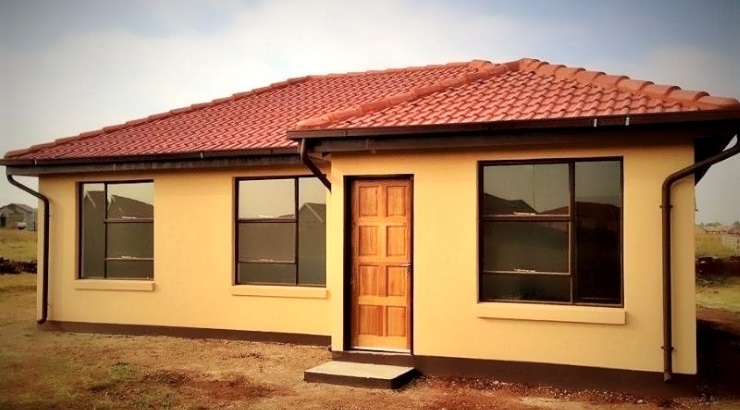Features
7 Possible Solutions to the Affordable Housing Crisis
There is a deficit of two million units countrywide, according to the official statistics.

Rents are soaring and truly affordable housing is dwindling. Efforts to improve Kenya’s housing situation have seen limited success, leaving millions in squalid conditions.
World Bank data reveals a grim reality: 60% of households live in slums.
Kenya faces a housing deficit of two million units, with only 50,000 homes built annually, below the targeted 250,000.
Exorbitant prices of land, high cost of construction and low purchasing power are the root causes of the deficit exacerbated by high population growth and rapid urbanisation.
Interestingly, most new homes target the upper and middle classes since they produce better profits. Worse still, scarcity and excess demand have resulted in a swift price escalation that has subsequently displaced low-income households from the affordable housing market.
Although no silver bullet can resolve this issue, it is possible to turn the tide by exploring the following ways of mitigating the challenges facing affordable housing development in Kenya:
1.) Increased financing
Insufficient funding is a key problem facing real estate. Currently, there are about 25,000 mortgage accounts in the country due to high credibility criteria, high interest rates and liquidity challenges in the local banking sector.
To curb this, a mortgage refinance company with shareholding from government, primary banks, insurance firms, venture capitalists and pension firms should be set up where the banks can draw funds with minimal interest and offer longer-term mortgages at much lower interest rates to clients. The government has initiated this process.
2.) Provision of infrastructure
Development of infrastructure such as roads, power and sewer lines by the government has not been as quick as the rate at which private developers are putting up housing projects. This forces developers to put up their infrastructure and transfer the costs to buyers.
To stop this costly trend, the government should be proactive in building the requisite infrastructure for development, especially in areas where new satellite towns are emerging.
3.) Alternative building methods
Presently, most Kenyans favour the use of brick and mortar, which is expensive, at the expense of low-cost building technology – which many believe to be of inferior quality.
Since low-cost construction technologies, especially prefabricated building technology, have helped many developed countries solve their housing woes, there is a need to educate Kenyans on the benefits of adopting these technologies.
The government and the private sector should conduct rigorous sensitisation campaigns to create a change of attitude towards technologies such as precast wall panels and interlocking blocks, which have been used in many places to significantly cut costs and construction timelines.
4.) Encourage public-private partnerships
There is an urgent need to encourage joint ventures between the government and the private sector. Land availability remains one of the major hindrances to adequate housing yet most state corporations and ministries possess idle land.
The State should avail this excess land to private developers for free to allow them to construct low-cost homes and redirect the land acquisition budget toward the construction of more units.
RELATED: Kenya’s First Land Bank to Fight Off Speculators
5.) Tenant purchase agreement
With soaring house prices and exorbitant mortgage interest rates, raising the amount required to purchase a home remains a mirage for most Kenyans. A tenant purchase scheme makes this dream possible by allowing tenants to eventually own the houses they occupy.
The house value, rent and period of payment before the change of ownership are predetermined. A tenant pays a deposit of up to 20 percent of the house value, occupies the house, and then makes monthly rents that go into offsetting the cost of the house.
Tenant purchase agreement is better than a mortgage since the owner is allowed to occupy before making full payment. The model has a low initial deposit, and low interest rate and the monthly payment is often less than prevailing rents.
6.) Incentives
To build mass housing at low costs and still maintain a profitable margin, more incentives for developers are necessary. Exemptions and waivers on some taxes such as the 30 per cent income tax and 16 per cent value-added tax can play a big part in reducing house prices.
RELATED: Win for First-Time Home Buyers as Stamp Duty Is Axed
7.) Curtail corruption and bureaucracy
The process of land acquisition, real estate transactions and approval of housing projects needs to be quicker and less susceptible to bureaucracy and corruption. A complete overhaul of the land registry including the addition of staff is imperative.
Considering that over 500,000 people move to cities every year, there is a need to adopt all imaginable ways of mitigating housing problems in Kenya. It is time for action.














